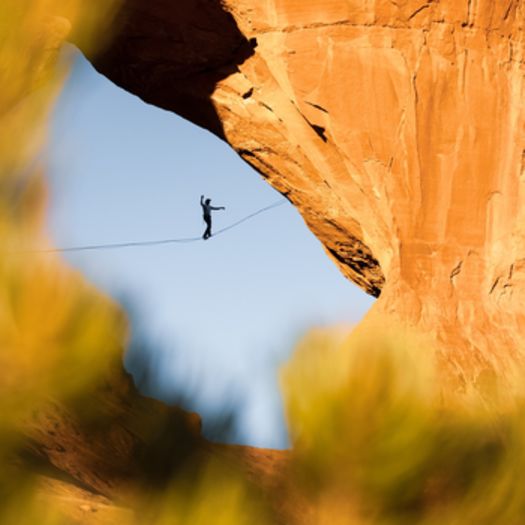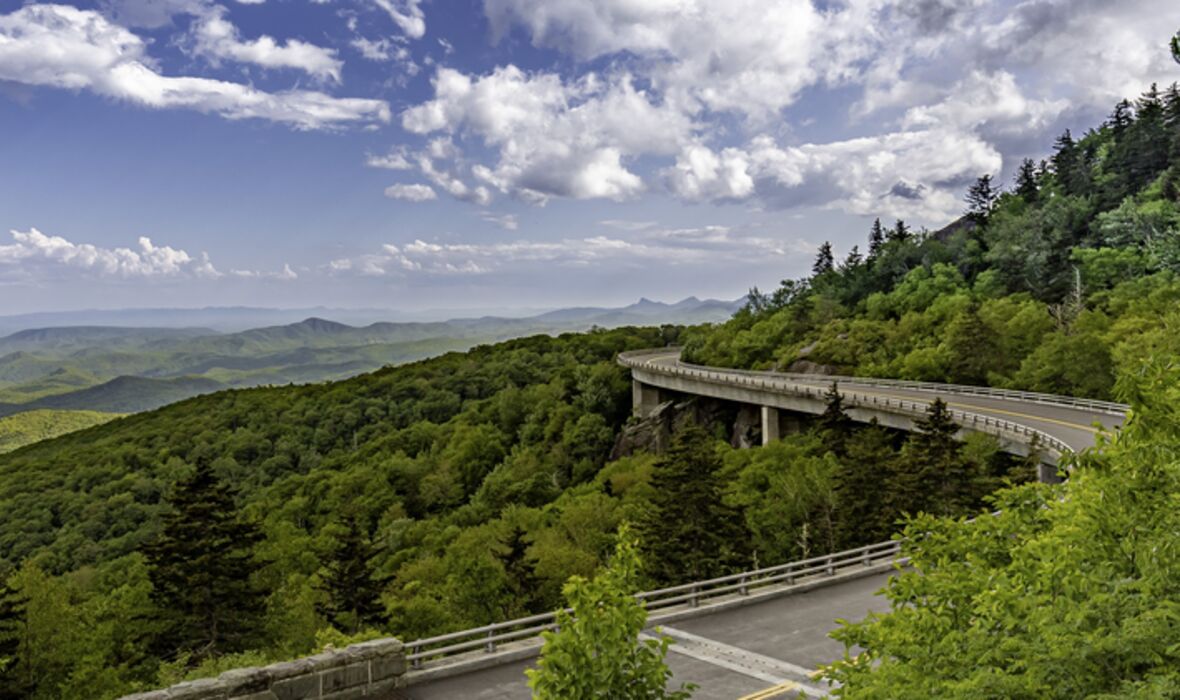In this episode of Let's Go Camping with Go RVing, Jeremy Puglisi, host of The RV Atlas podcast, visits Lums Pond State Park in Delaware to share seven essential tips on how to maximize an RV adventure at a state park campground.
State parks are an RVer's best friend because they're inexpensive, have spacious sites, and are rich in natural beauty. Whether for a weekend getaway or a cross-country trip, state parks are a great option compared to more developed private campgrounds and RV resorts. With hiking, paddling, and wildlife viewing, they also provide plenty of adventure and relaxation.
1. Make Certain the Site Fits Your Rig
The majority of state park campsites were built many years ago, when RVs were generally smaller. Today’s fifth wheels and larger motorhomes might not fit into every site. Preview the site length and width in the online reservation system prior to booking. Compare that with your RV's total length, including the tow vehicle if needed. Site photos are even available from some parks to help you plan your setup.
2. Know What Hookups Are Available
Hookups will vary from state park to state park. Some offer dry camping (no hookups), some offer electric and water, and some even provide full hookups with sewer, like Lums Pond State Park in Delaware. Know what you're getting beforehand—and plan accordingly. If you're dry camping, bring more fresh water and consider your gray and black tank capacities.
3. Respect Quiet Hours and Dark Skies
State parks are usually known by their peaceful atmospheres, especially during nighttime. Respect official quiet hours by keeping noise down, and reduce light pollution. Excessive outdoor lighting destroys dark sky views and will annoy your neighbors. Instead, use soft amber lighting or campfire illumination to preserve the natural atmosphere.
4. Have Fun with the Adventure Activities
Don't assume state park camping means roughing it! Many parks have invested in exciting, family-friendly adventure activities. At Lums Pond, campers have access to a ropes course and zipline that soars directly over the pond. These amenities bring excitement and energy to your stay and give kids and adults something to look forward to each day.
5. Take Advantage of Water Rentals
If a state park is on a pond, river, or lake, kayaks, canoes, or paddle boards are most likely for rent. It's an easy way to enjoy the water even without your own gear. At Lums Pond, there's a rental shop just across the water from the campsite. In this episode, Jeremy's family rented kayaks and spent a relaxing morning paddling around the pond—a peaceful and fun morning activity just a short walk from their campsite.
6. Hike Right from Your Site
One of the best things about camping in a state park campground is the ease of getting out on a hike. Most parks are laced with well-signed trails that start right in the area of the campsites. No need to drive to a trailhead—just lace up your hiking boots and go. These trails will offer anything from short scenic loops to day hikes of longer distance with waterfalls, overlooks, and wildlife.
7. Contact the Camp Host
State park campgrounds do not typically have the kind of front desk or office that you would find in a private campground, but are often managed by camp hosts who live on-site. Camp hosts are volunteers and can answer your questions, help you get settled, and provide local information about the park and the surrounding area. If you need help finding a trail, a dump station for your tanks, or the best spot to see stars, camp hosts are a great resource to tap.
Why State Parks Are Great for RVing
State park campgrounds are a favorite of RVers for a reason. They're a happy medium between primitive camping and RV resorts—plenty of natural scenery without sacrificing all semblance of comfort. You get huge campsites, many with plenty of shade and natural privacy, and direct access to the outdoors right from your campsite.
They are also typically more affordable than private campgrounds, making them a great choice for budget travelers or families on longer vacations. Most offer online reservations, and state park systems have been upgrading their facilities with modern bathhouses, dump stations, and even WiFi at some locations.
There are more than 10,000 state parks in the U.S., so there's likely to be one within driving distance from wherever you are. So next time you're organizing your RV adventure, make sure you include some state park stops along the way.
For more tips and to begin planning your next RV trip, check out the complete playlist of Let's Go Camping with Go RVing. Go RVing will guide you to your next great campsite, whether it's a deluxe RV resort or a remote boondocking location.










